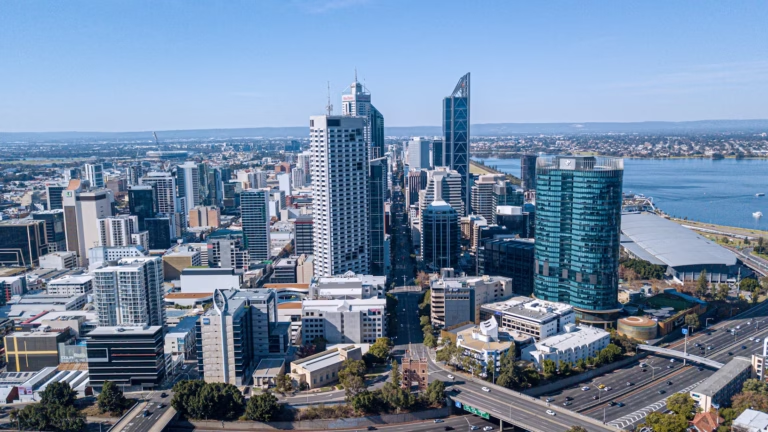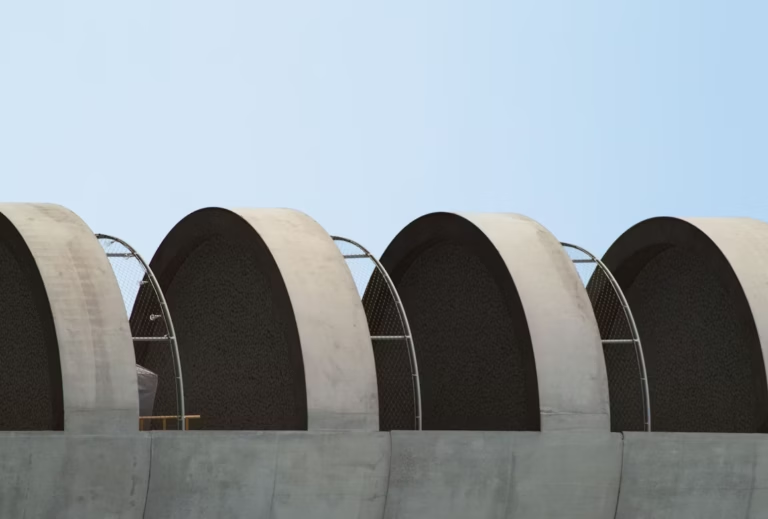Every organisation faces physical security risks — from unauthorised access and theft to vandalism, damage, and system failures. These risks not only threaten assets but can also disrupt operations and impact staff confidence.
A risk assessment consultant helps organisations identify and manage these vulnerabilities before they turn into costly incidents. In Western Australia, where local governments, universities, and private enterprises manage high-value assets and open public environments, independent security risk assessments are essential for ensuring both safety and operational resilience.
At Smartsec Security Solutions, we specialise exclusively in physical security risk consulting — providing clear, evidence-based advice that aligns with ISO 31000:2018 and relevant Australian Standards. Our assessments give decision-makers the confidence to plan upgrades, justify budgets, and demonstrate due diligence.
What Does a Physical Security Risk Assessment Involve?
A physical security risk assessment systematically evaluates how well an organisation’s built environment, technology, and procedures protect its people, property, and information.
Our role as consultants is to identify where current controls are strong, where they are weak, and what improvements can be made to achieve a balanced, proportionate level of protection.
Typical areas of focus include:
- Building access and entry controls.
- CCTV coverage, functionality, and monitoring.
- Perimeter fencing and barriers.
- Lighting and after-hours visibility.
- Alarm systems and integration with response protocols.
- Duress and emergency communication systems.
- Contractor and visitor management processes.
- Storage and protection of valuable or sensitive assets.
By combining technical expertise with operational understanding, we ensure every recommendation is practical, defendable, and aligned with your organisational goals.
How We Identify Physical Security Risks
Smartsec follows a structured, standards-based methodology grounded in ISO 31000:2018 Risk Management Guidelines and applicable Australian Standards such as AS 2201.2 (monitoring centres) and AS/NZS 4806 (CCTV).
Our process includes:
Establishing context
We begin by understanding your operations, priorities, and security objectives. This involves stakeholder consultation, reviewing existing documentation, and clarifying which assets or activities are critical to your organisation.
Identifying threats
We identify realistic threats relevant to your environment — such as unauthorised entry, internal theft, vandalism, or intrusion — using contextual data such as incident reports and local crime trends.
Identifying vulnerabilities
We assess weaknesses in physical barriers, systems, and procedures that could be exploited. For example, unsecured service gates, lack of camera coverage, or outdated access control permissions.
Evaluating risk
Each risk is rated according to likelihood and consequence, generating a clear, prioritised risk profile.
Recommending treatments
We develop proportionate, achievable recommendations — including procedural adjustments, technology enhancements, or design improvements — to mitigate identified risks.
Developing an improvement roadmap
Our reports include a structured Security Improvement Plan, outlining immediate, medium, and long-term actions to strengthen resilience and compliance.
This process ensures that every assessment is traceable, transparent, and compliant with industry best practice.
Common Physical Security Risks We Assess
- Unauthorised access and intrusions
Weak access control systems, shared credentials, or poorly managed keys can allow unauthorised individuals into restricted areas. - Surveillance blind spots
Gaps in CCTV coverage or poor image quality can compromise investigations and deter deterrence. - Perimeter and boundary weaknesses
Open gates, insufficient fencing, or poor lighting can make sites vulnerable to trespassing or theft. - Asset storage vulnerabilities
Valuable equipment, vehicles, or documents not secured within controlled environments can be easy targets. - Emergency response limitations
Lack of coordination between alarms, duress systems, and monitoring can delay response times during incidents. - Contractor and visitor management gaps
Inconsistent procedures or manual systems can expose facilities to unauthorised access risks.
By addressing these physical risks through structured assessment, we help organisations create safer, more resilient environments.
Best Practices in Physical Security Risk Consulting
The most effective physical security risk assessments are built on five key principles:
Independence and objectivity
True consulting means advice is free from sales bias. Smartsec provides vendor-neutral recommendations based on operational need, not product promotion.
Evidence-based analysis
All recommendations are grounded in observation, site inspection, and stakeholder input — not assumptions.
Standards alignment
We align every project with ISO 31000:2018 and relevant Australian Standards to ensure consistency, defensibility, and compliance.
Proportionate risk treatment
We prioritise practical solutions that balance effectiveness and cost — avoiding over-engineering while maintaining compliance.
Continuous improvement
Risk management is a cycle. We encourage clients to review and update assessments regularly, especially following incidents, upgrades, or operational changes.
How a Risk Assessment Consultant Adds Value
Engaging an independent consultant provides a clear return on investment through:
- Informed decision-making – Data-driven understanding of vulnerabilities and priorities.
- Cost efficiency – Avoiding unnecessary system upgrades or misaligned spending.
- Audit and compliance support – Documentation suitable for governance, tendering, or grant applications.
- Strategic planning – Long-term improvement roadmap for infrastructure, systems, and processes.
- Reputation and assurance – Demonstrating due diligence and proactive governance.
How Smartsec Security Solutions Supports Clients
At Smartsec Security Solutions, we focus exclusively on physical security risk consulting — not installation, sales, or WHS safety assessments.
Our services include:
- Physical Security Risk Assessments aligned with ISO 31000 and AS 2201.
- CCTV and access control reviews to identify coverage and functionality gaps.
- Security audits and compliance checks for local government and education sectors.
- Security Improvement Plans providing prioritised actions and timelines.
- Independent tender and system evaluations to support procurement decisions.
Because we are independent, our clients can rely on transparent, defensible advice that strengthens both compliance and operational effectiveness.
Why Choose Smartsec
With more than 18 years of experience across government, education, and commercial environments, Smartsec Security Solutions understands how to balance risk, practicality, and budget.
We bring:
- Deep expertise in risk-based security management.
- Proven experience working with councils, universities, and developers.
- Standards-aligned methodology (ISO 31000:2018, ISO 22343-1:2023, AS/NZS 4806, AS 2201.2).
- Defensible, evidence-based reporting suitable for audits and governance.
Our goal is not to sell systems — it’s to provide clarity, strategy, and confidence.
Take the Next Step
If your organisation needs a clear, defensible understanding of its physical security risks, Smartsec Security Solutions can help.
We deliver independent risk assessment consulting across Perth and Western Australia, giving you a detailed picture of your vulnerabilities and the actions needed to mitigate them.
Contact us at [email protected] or visit www.smartsecsecurity.com.au to learn more.
Together, we’ll help you make better, evidence-based decisions to protect your people, property, and reputation.



